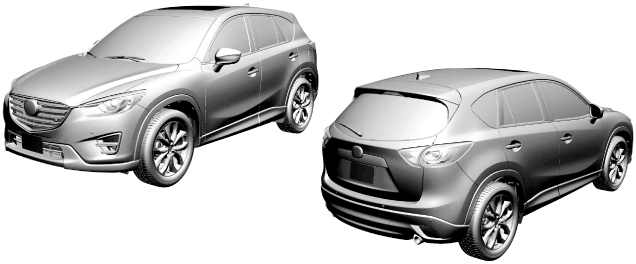 |
ac5wzn00002755
AIM OF DEVELOPMENT
id000000100100
Product Concept
Vehicle Outline
Packaging
External View
ac5wzn00002755
|
Design theme
Interior design
ac5wzn00002756
|
Engine
Suspension
ac5wzn00001047
|
2WD
ac5wzn00001048
|
4WD
ac5wzn00001049
|
Brakes
Vehicle front side (L.H.D.)
ac5wzn00003144
|
Vehicle front side (R.H.D.)
ac5wzn00003145
|
Vehicle rear side
ac5wzn00003146
|
Vehicle front side
ac5wzn00002805
|
Vehicle rear side
ac5wzn00003147
|
Transaxle
ac5wzn00001054
|
ac5wzn00001738
|
ac5wzn00002887
|
ac5jjn00001299
|
Steering
L.H.D.
ac5wzn00002768
|
R.H.D.
ac5wzn00002769
|
Safety
Driver's support